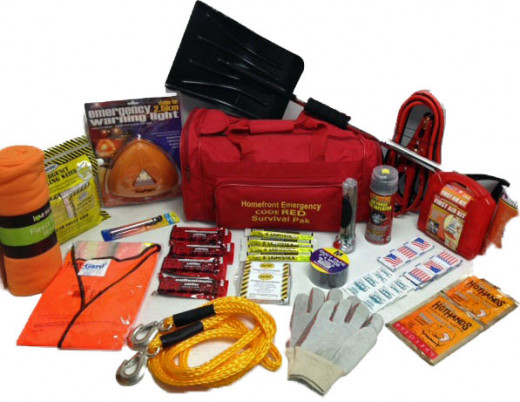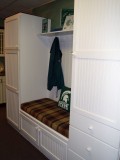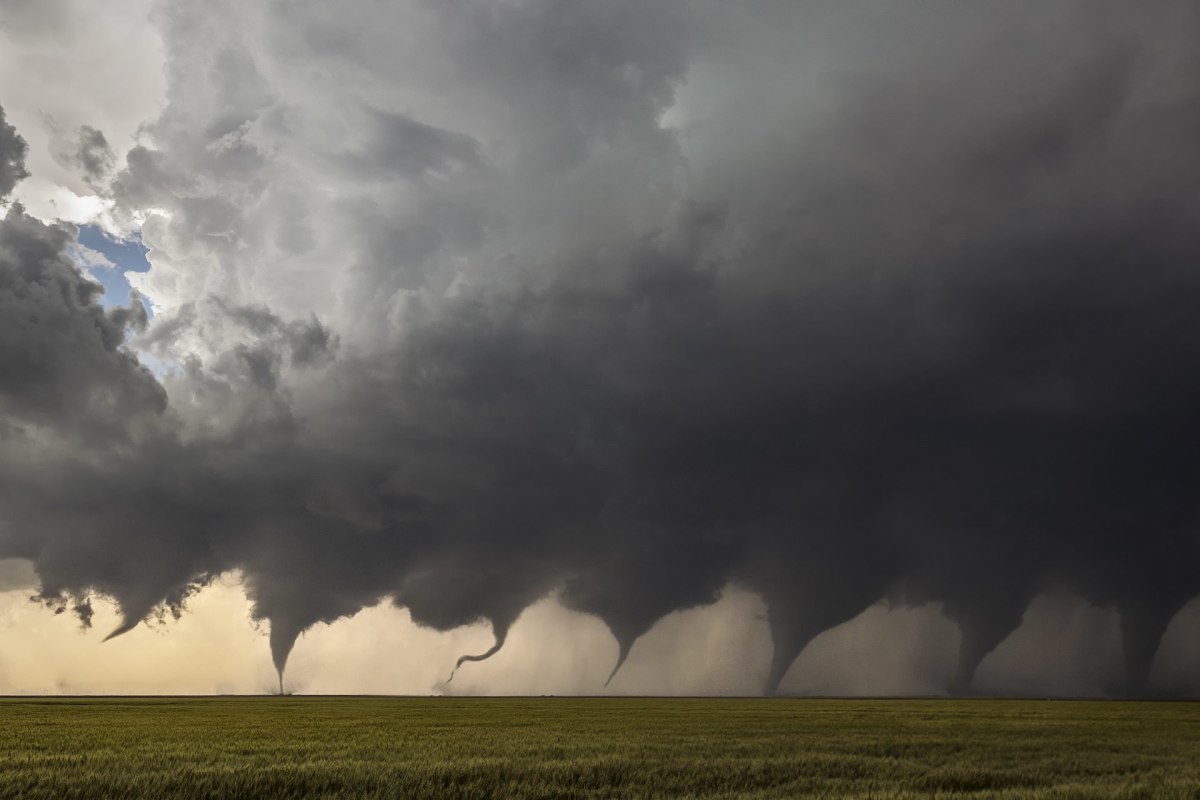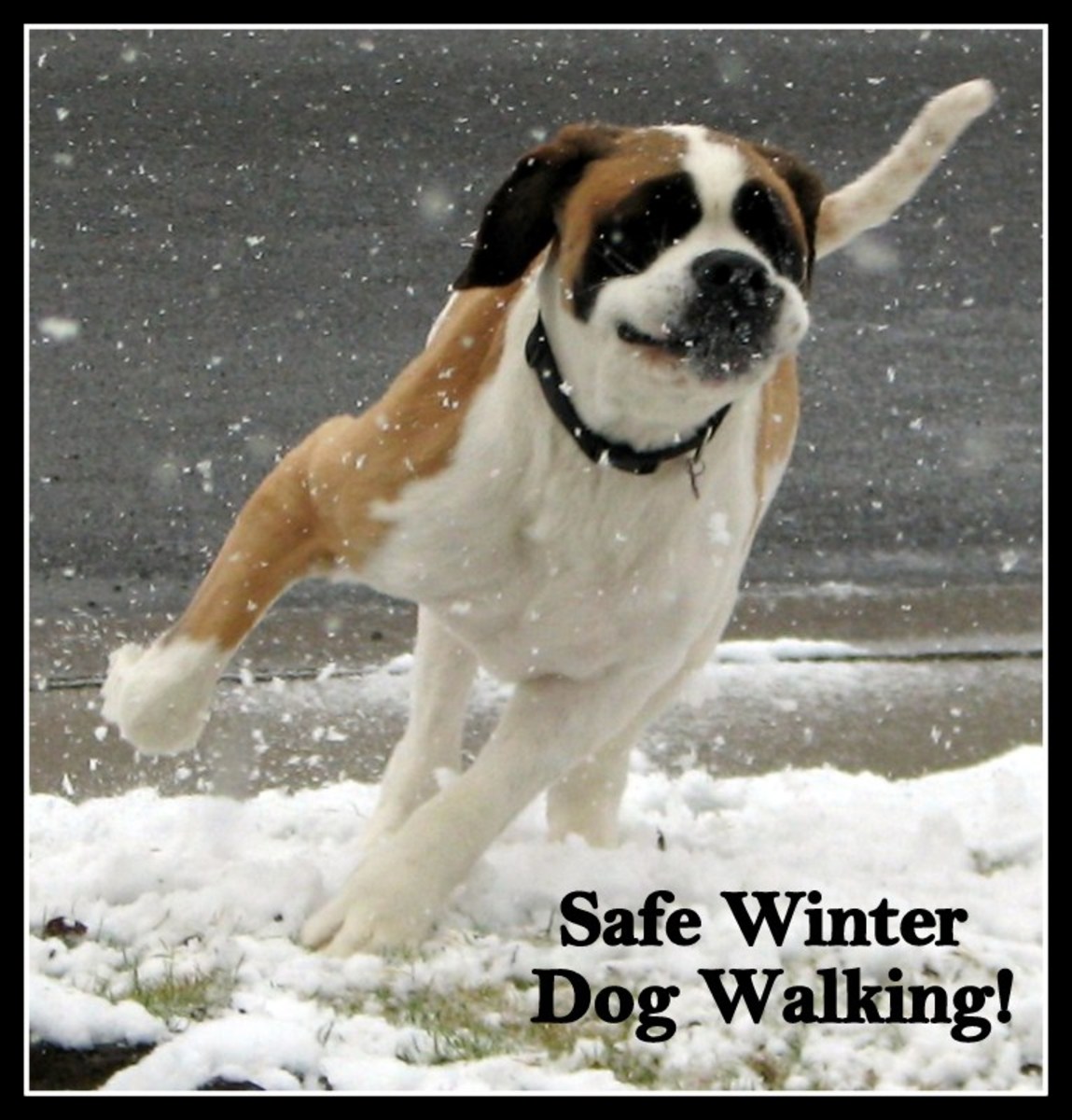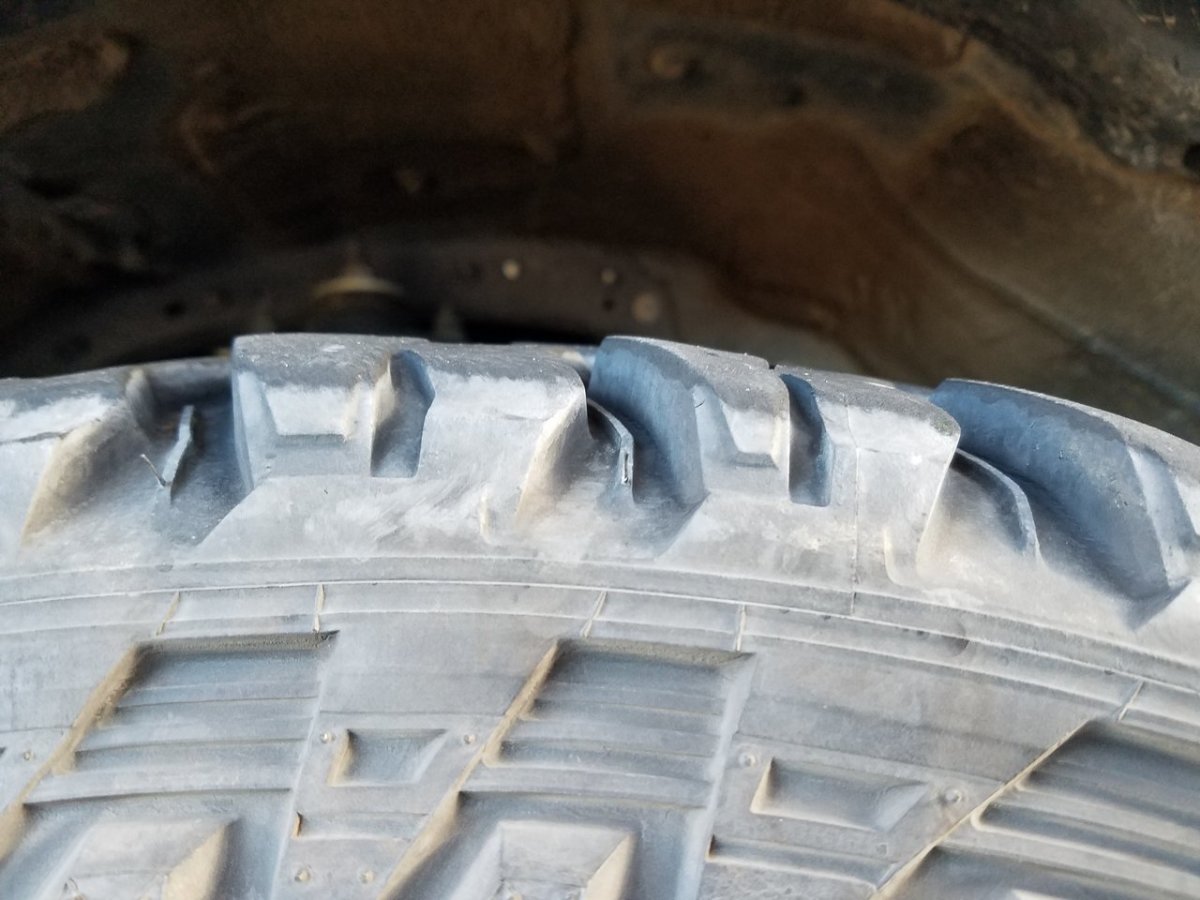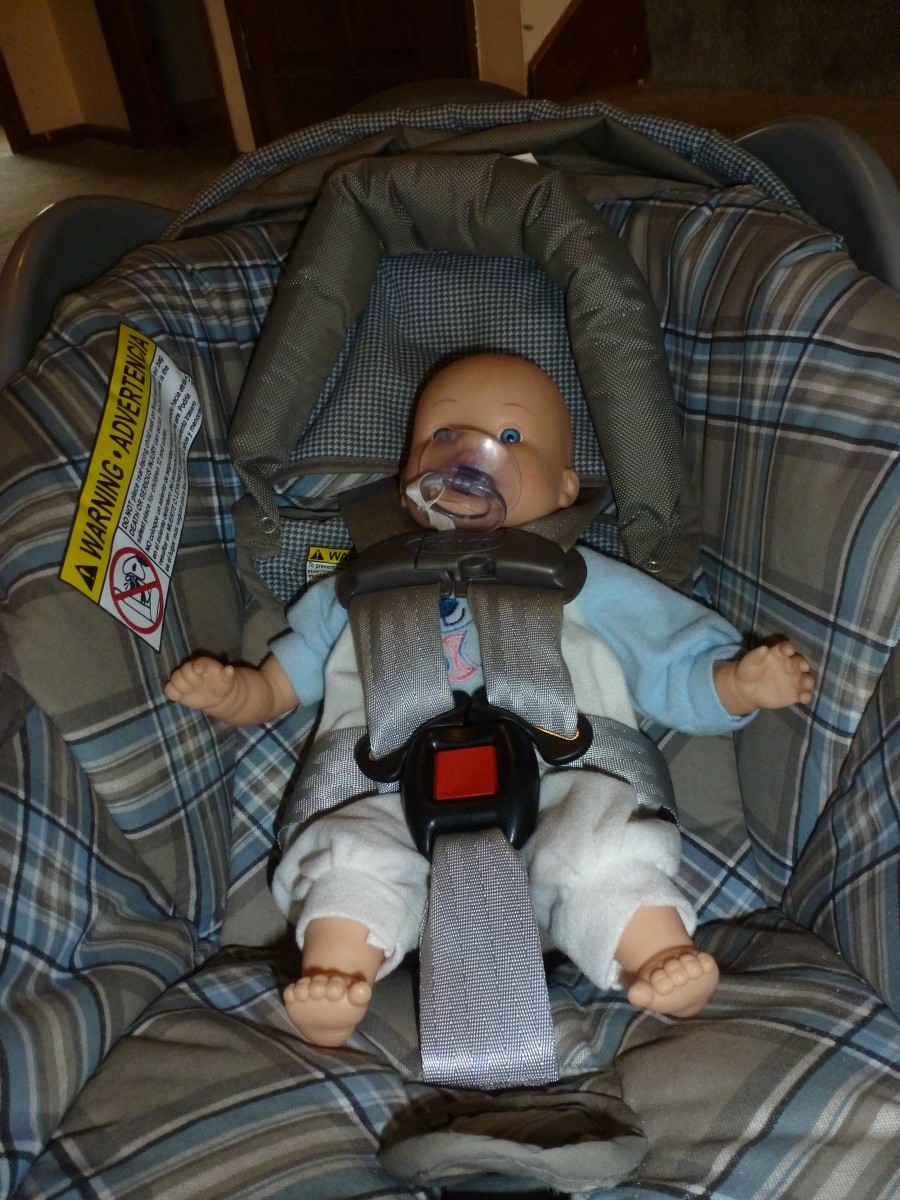Can you Survive the Trip? Dangerous Weather-Safety Tips for Home and Auto
Make Your Home AND Auto Safety A Priority
With winter bearing down I would encourage you to make severe weather preparedness a priority. Taking a few steps now in your home and vehicles can make a huge difference if problems arise. Severe weather can pose many health and safety concerns for you and your family. Here is my advice and a list of items you should consider having on hand when preparing your home and automobile.
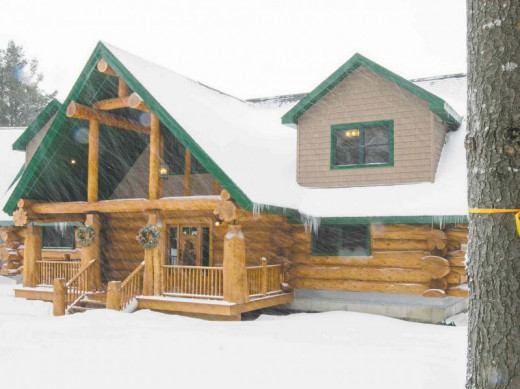
How To Prepare Your House For Extreme Weather
- Make sure your heating system is in good working order. Have your furnace serviced and inspected. Change air filters monthly during heating season. Check flues and chimneys for cracks bird nests and other blockages. If you use propane or fuel oil make sure your tanks are full at the beginning of heating season. Sometimes in fall you can get a good deal and lock in your rate for the winter. Have some alternative heating devices like portable electric, kerosene, wood or propane heaters. Keep portable heaters well away from furniture curtains and other potentially flammable items. If using electric heaters make sure circuits can handle the extra amperage and that outlets are in good condition. Always keep the length of extension cords minimal long overloaded cords can become a fire hazard. If your primary heat source has failed and the interior temperatures is falling consider running your faucets at a drip.
- Check the batteries in all of your detectors carbon monoxide poisoning is most prevalent when furnaces are running constantly fighting bitter temperatures and during power outages when people are using generators and alternative heat sources.
- Turn off outside water faucets and drain garden hoses and sprinklers. Put away all items around your property that could be damaged by high wind or present a safety hazard if they are covered by snow or ice.
- Weatherproof your home check weatherstripping and caulk around doors and windows. You can put plastic over old drafty windows and inspect seals around doors replacing if old and worn. Wrap insulation or heat tape around water pipes that are exposed to the cold. If you have a second story bath or kitchen, make sure water pipes are not exposed to wind cold air blowing in from soffits can travel underneath second floor joists freezing exposed pipes.
- Make sure you inspect and start your portable generator before severe weather hits. Fuel should be drained and changed every year with stabilizer added so there won't be any issues when you need to start it. You should have fresh cans of extra gas on hand.
- Have an emergency preparedness kit stored in your house that includes first aid supplies, water, non perishable food, flashlights, LED camping lights and extra batteries. Have a portable radio extra blankets and warm clothing on hand.
- Clean out gutters to help prevent ice dams water and ice can buildup up leading to exterior or interior damage in your home. Check downspouts and extensions to make sure they are not plugged up with leaves and sticks. Water pooling on the ground near basement walls can travel down basement walls and overwork your sump pump (if you have one) leading to a wet or flooded basement.
- Have a good supply of salt, salt substitute or sand for sidewalks and driveways. In extreme cold climates rock salt (sodium chloride) loses its effectiveness to melt ice below 20°. It is also hard on concrete surfaces and plants.
- Make sure snowblowers have been serviced and are in good working order. If your driveway has a steep incline a cost-effective way to deal with poor traction is sand. Bags of sand can be purchased at most hardware stores and building supply companies.
- Last but not least be kind to animals don't leave them outside when it's extremely cold. Animals kept outside should be young and healthy well suited for the conditions. They should always have quality food and water. Make sure and they have adequate shelter from the wind with good bedding. They are members of your family treat them as such.
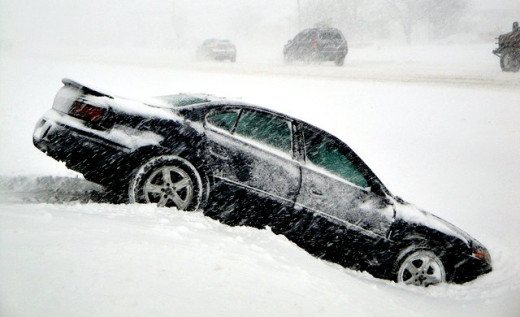
How To Prepare Your Car For Extreme Weather.
- The first order of business Is to have your cooling system serviced. If your coolant is more than five years old you should have the system flushed and filled with new antifreeze. All radiator hoses and heater core hoses should be inspected and replaced if there are signs deterioration.
- inspect your windshield wipers make sure they are in excellent condition If they are more than two years old you should consider replacing them keeping one of the old ones in your trunk as a spare. Always keep your windshield wiper fluid topped off and make sure you are using winterized fluid.
- Late fall is the best time to replace tires on your vehicle it is crucial that your tires are in top notch conditions to handle snow and icy roads. I recommend buying a second set of tires (and wheels) just for winter conditions because worn tires are ineffective. Winter tire treads and rubber compounds are specifically designed for traction on snow and ice. Consider buying studded tires If roads in your area are frequently covered with ice and the laws in your state allows it. Check tire air pressure because they tend to go down in cold weather.
- Have your battery tested to make sure that it is producing the proper voltage. If your battery is weak this is not the time to be frugal. Spend the extra money to get a quality battery one that delivers strong cold cranking amps. Ask a trusted mechanic or someone you know at your local auto parts store what would be your best choice for a battery. Going to the dealership isn't necessarily your best option their choices tend to be limited to standard replacement batteries. There are usually better aftermarket choices at your local auto parts and cheaper.
- You should always carry a emergency preparedness kit in your car at all times. Your vehicle should be stocked with an emergency medical kit and non-perishable food and water for a few days.
- Here are some other suggestions you should consider carrying in your car. A good spare tire, tire chains or straps, jumper cables, duct tape, portable air compressor, emergency jump start battery, portable LED light, flashlight, yellow strobe light, extra batteries, emergency triangles and flares, scraper, shovel, winterized windshield washer fluid, engine oil, antifreeze, mobile phone, charger, CB radio, A bag of sand for traction, tow strap, extra blankets and clothing, warm hat and gloves, hand warmers, hunter orange high visibility safety vest, wood matches and lighters in case you need to make a fire for heat or to melt snow for drinking water.
- Keep in mind if you get stuck in deep snow it is very important that you get out of your car from time to time to make sure that the snow has not drifted covereing up your exhaust pipe. This could result in carbon monoxide poisoning and death
-
Carry a sleeping bag that is made from a material first developed by NASA it is made of a heat reflecting mylar material called "Heat Shield" that effectively keeps out the wind and rain and is super lightweight weighing only 6.2 ounces and because it reflects 90% of your body heat back to you it will keep you warm even in the extreme cold. The bag measures 7 feet long and 3 feet wide but when folded into a small compact bag is the perfect size to carry in the trunk of your car or off road 4 x 4 all-terrain vehicle or snowmobile.This bag could save your life in an emergency situation.
9. Let's face it the average person just hops in the car oblivious to dangerous weather conditions. Ask yourself, do I have anything in the trunk from the list above and if the answer is no consider this. Would be in my own best interest to take the issue seriously and have some basic necessities to protect myself and family. Below Is a picture of the type of kit you could put together to carrying in your car.
10. Last but not least use common sense if the weather is bad and it's not a necessity to go out stay home. In the event that you must go out leave a note or tell somebody where you are going and the approximate time you should be back.
Emergency Winter Survival Gear For Your Car
